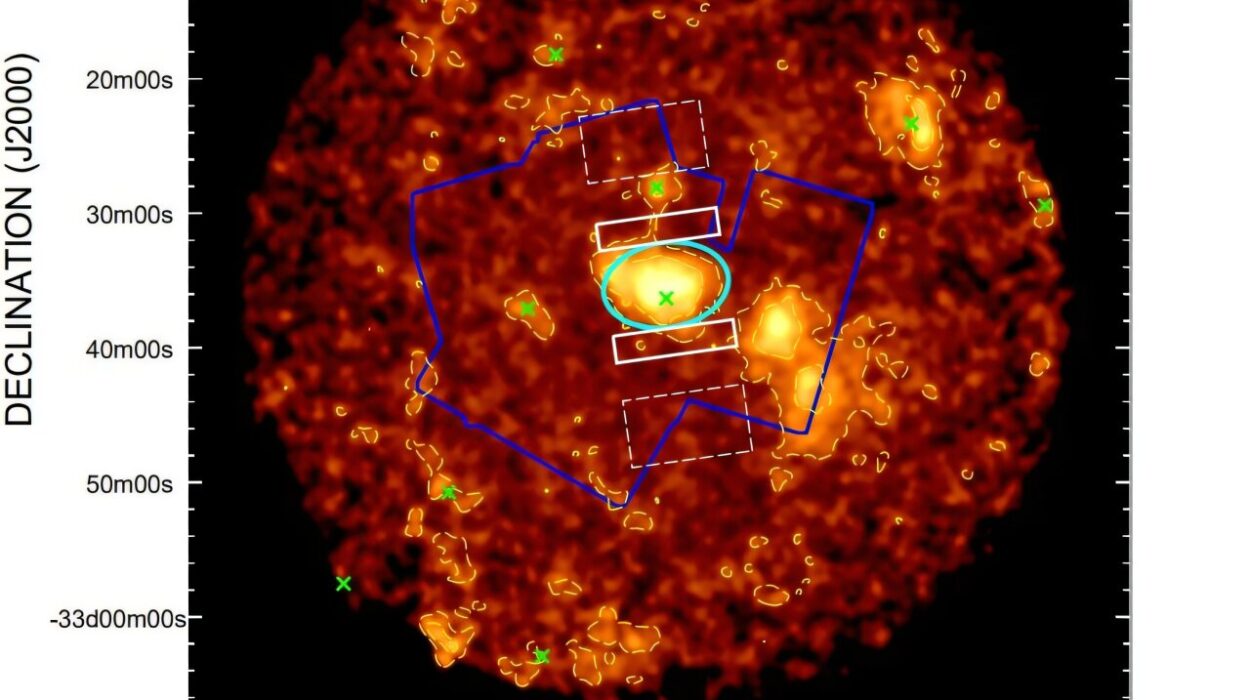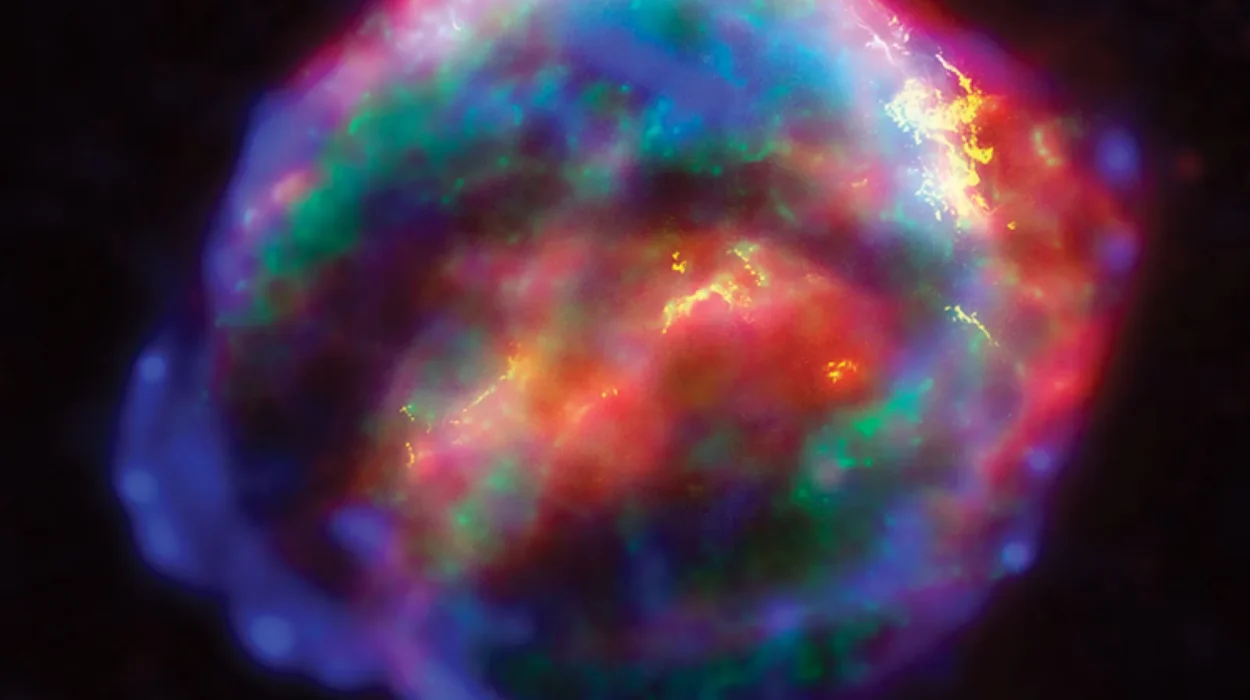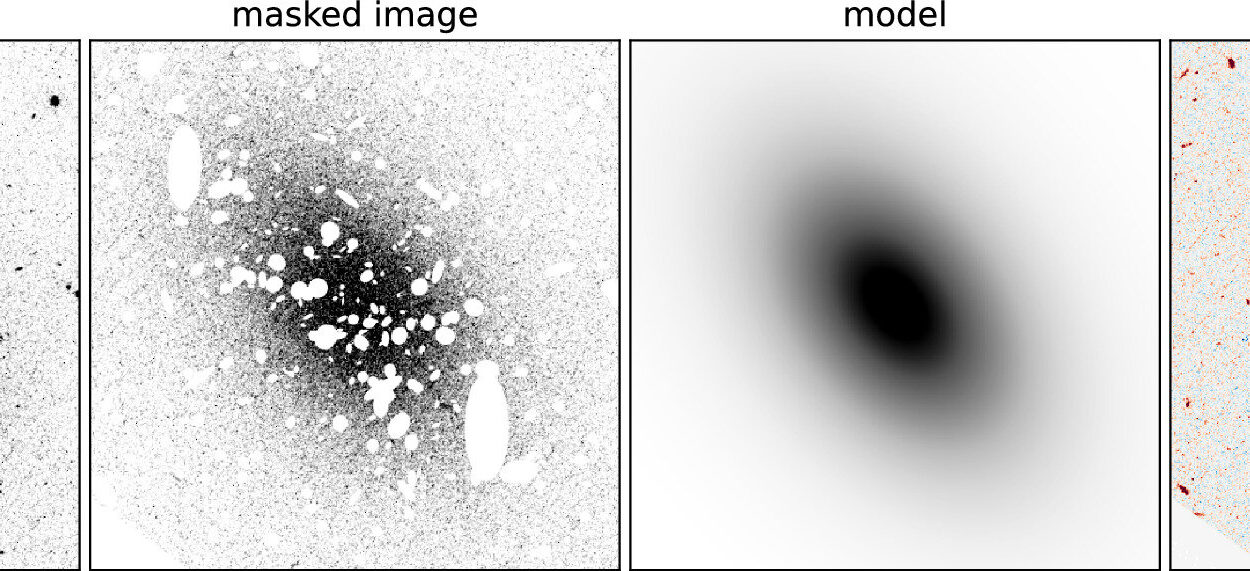In the grand expanse of the universe, there’s a peculiar and elusive presence that scientists know exists but cannot directly observe—dark matter. It’s the invisible scaffolding that holds galaxies together, yet it’s as elusive as the shadows between the stars. For years, scientists have tried to understand this mysterious substance, which doesn’t interact with light or ordinary matter. We know it’s there because its mass prevents galaxies from flying apart, but its true nature remains an enigma.
Now, a new study is offering a groundbreaking insight into how we might finally detect dark matter, bringing us closer to understanding the most profound mystery of modern physics. This new research suggests that dark matter could reveal itself through a unique class of objects, aptly named “dark dwarfs.” And if these dark dwarfs exist, they could provide a crucial clue in our search for dark matter.
The Dimming Secrets of Brown Dwarfs
At the heart of this discovery lies the study of brown dwarfs—mysterious celestial bodies that are neither fully stars nor planets. Brown dwarfs form like stars, but their mass is insufficient to ignite hydrogen fusion, the process that powers stars like our Sun. They generate only a faint, steady glow by briefly fusing deuterium and through gravitational contraction, but they never shine as brightly as true stars.
Because of their faintness, brown dwarfs are notoriously difficult to detect. They are dimmer than white dwarfs and more subtle than gas giants like Jupiter. But the latest research suggests that these faint objects might be hiding something much more exciting than we previously thought—dark matter.
According to the new theoretical research, if brown dwarfs are located in high-density dark matter regions, like the galactic center, they could act as containers for dark matter particles. In fact, the research suggests that dark matter might accumulate inside brown dwarfs, causing it to self-annihilate. This annihilation could release energy, making these objects detectable.
Dark Matter: A Self-Annihilating Enigma
So, what exactly is dark matter? Despite being the subject of much speculation and study, dark matter remains one of the most mysterious components of the universe. It doesn’t interact with light, which makes it nearly invisible to our most advanced instruments. However, scientists have been able to infer its presence based on its gravitational effects—specifically, how it influences the movement of galaxies.
Dark matter is believed to be made up of particles that don’t interact with normal matter in the same way that protons and electrons do. These particles may actually be their own anti-particles, meaning they can annihilate each other when they collide. When this happens, their mass is converted to energy, producing particles from the Standard Model like photons, electrons, and positrons.
If dark matter particles do interact with themselves in this way, then it could be harnessed as an energy source inside celestial bodies, like brown dwarfs, which exist in environments dense enough to allow for this self-annihilation.
Dark Dwarfs: Sub-Stellar Objects Powered by Dark Matter
This exciting hypothesis comes from a team of researchers led by Djuna Croon, a theoretical physicist at Durham University. Their study, titled “Dark Dwarfs: Dark Matter-Powered Sub-Stellar Objects Awaiting Discovery at the Galactic Center,” is published in the Journal of Cosmology and Astroparticle Physics.
The researchers propose that, in the dense regions near the galactic center where dark matter is abundant, brown dwarfs could trap enough dark matter within themselves to trigger annihilation. This process would convert dark matter into detectable energy, turning these dim sub-stellar objects into potentially observable dark dwarfs.
“Dark dwarfs could be detectable because they would emit energy from dark matter annihilation, which heats them up,” says Jeremy Sakstein, co-author of the study and professor of physics at the University of Hawai’i. “This would distinguish them from regular brown dwarfs, which are powered by very low levels of hydrogen fusion and are much colder.”
The Lithium Test: A Clue to Finding Dark Dwarfs
So, how can scientists confirm that these dark dwarfs actually exist? The answer might lie in lithium-7, a naturally occurring isotope of lithium that is crucial in identifying brown dwarfs.
Brown dwarfs typically consume lithium-7 over time due to their slow-burning hydrogen fusion. However, dark dwarfs would retain this lithium-7, since they are powered by dark matter annihilation instead of hydrogen fusion. As a result, dark dwarfs would be distinct from brown dwarfs by their lithium-7 content.
“The detection of lithium-7 in objects heavier than the lithium burning limit would provide evidence for the existence of dark matter heating,” says Sakstein. “Ordinary stars quickly consume lithium-7, so if we find an object with higher lithium-7 levels than expected, it would indicate that it’s not just a regular brown dwarf, but a dark dwarf.”
Tracking Down Dark Dwarfs: A New Frontier in Astrophysics
The discovery of dark dwarfs could revolutionize our understanding of dark matter. If we can detect these objects, it would provide compelling evidence that dark matter exists as a class of particles that interact strongly with itself but weakly with normal matter. This, in turn, would lend support to the theory that dark matter is made of WIMPs (Weakly Interacting Massive Particles), a class of particles that have been a leading candidate for dark matter.
However, dark dwarfs are extremely cold, making them difficult to detect directly with traditional telescopes. The team suggests that one approach might be to look for a population of dark dwarfs within a specific region of space and study their collective behavior statistically. The James Webb Space Telescope (JWST) may also be able to spot them in the far infrared spectrum.
While detecting dark dwarfs might not conclusively prove that dark matter is made of WIMPs, it would provide strong evidence in favor of this idea. Alternatively, if dark dwarfs are discovered, but they do not match the WIMP model, it could point to an entirely new kind of dark matter, one that behaves like WIMPs but is fundamentally different.
A Step Closer to Unraveling Dark Matter
The concept of dark dwarfs provides a thrilling possibility: that within the quiet corners of the universe, faint and cold objects powered by dark matter are waiting to be discovered. If these dark dwarfs exist, they could represent the key to unlocking one of the universe’s greatest mysteries.
For now, the search continues—because finding these objects isn’t just about spotting a new type of star. It’s about getting a glimpse of the invisible, understanding what makes up the vast majority of the universe’s mass, and perhaps, one day, uncovering the nature of dark matter itself.
Reference: Djuna Croon et al, Dark dwarfs: dark matter-powered sub-stellar objects awaiting discovery at the galactic center, Journal of Cosmology and Astroparticle Physics (2025). DOI: 10.1088/1475-7516/2025/07/019






